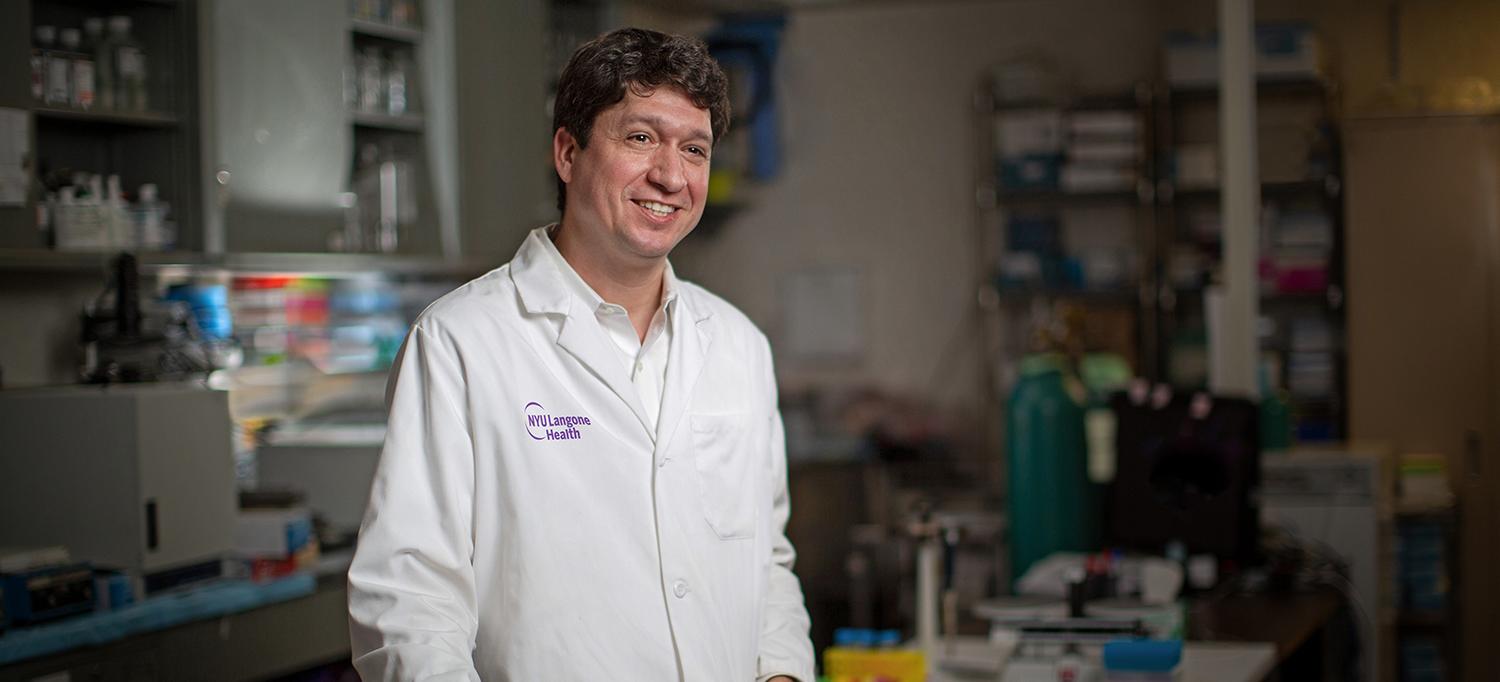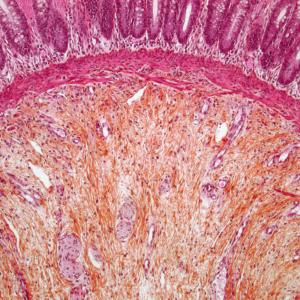
Pulmonologist Dr. Leopoldo N. Segal leads a group of NYU Langone researchers who are examining the role of the host–microbe relationship in this stubborn infection.
Photo: NYU Langone Staff
With nontuberculous mycobacteria (NTM) infection increasing in incidence to become a worldwide public health concern in recent decades, NYU Langone researchers are taking a closer look at the host–microbe relationship at the root of NTM’s infectious pathway.
A Host-Dependent Infection
Typically harmless, when NTM does invoke lung disease, it’s sometimes explained by genetic susceptibility. But this accounts for just 10 percent of cases. The other 90 percent of patients are thought to become sickened via a host response—the interaction between an individual’s distinct lung microbiome and NTM. In other words, infection is reliant on the host response as much as or more than simple bacterial replication. Moreover, while many NTM infections are self-limiting, a subgroup of infections advance to insidious and progressive disease. Though the causes of heterogeneity in the natural history of an infection are not known, a host immune response likely plays a key role.
“NTM microbes don’t live in isolation—they live in a complex microbial community,” says Leopoldo N. Segal, MD, assistant professor in the Department of Medicine and the lead investigator in NYU Langone’s Lung Microbiome Program. “In fact, the NTM pathogen represents less than 1 percent of airway microbes, and the remaining microbes likely influence susceptibility and outcomes in NTM pulmonary disease. The microbiome tilts the balance in patient response.”
Taking Cues from Gut Microbiome Research
The host–microbe relationship has emerged as science has shed light on the gut microbiome. “Many of the microbial–host principles that apply in the gut probably apply in the lung mucosa as well,” notes Dr. Segal. “Gastroenterologists are further down the road with this research because it’s easier to get samples from the gut than from the airways.”
Building on initial human and animal evidence revealing that the airway microbiome affects T cells and other types of immune cells, Dr. Segal and colleagues worked with a large patient cohort to collect lower airway microbiome samples via bronchoscopy. Tissue was retrieved from various sections of the lungs in NTM culture–positive patients, as well as from symptomatic but culture-negative patients. Researchers then used data from cases and controls to examine the relationship between the revealed microbiomes and the host immune phenotypes, finding microbiota signatures associated with increased inflammation among patients with positive cultures. The finding could lead to more precise prognostication for an otherwise variable pathogen with an unpredictable course and virulence.
Translating Microbiome Markers to Patient Care
NYU Langone’s Human Microbiome Program was initiated in 2013 by Martin J. Blaser, MD, an established researcher in microbiology and infectious diseases. A translational research program, it is focused on applying sequencing methods to human samples in order to observe microbial–host interaction and investigate microbial composition and function.
One of the program’s primary objectives is to move from bench to bedside—to determine how a particular microbiome affects a patient’s immune response in the context of different diseases—and the unique response to drugs used to treat them.
“Personalized medicine, or designer medicine, is where we want to go,” says Dr. Segal. “When we sample a microbiome and determine the host phenotype, we hope to know enough about the typical pathways of each condition to be able to individualize patient treatment.”
